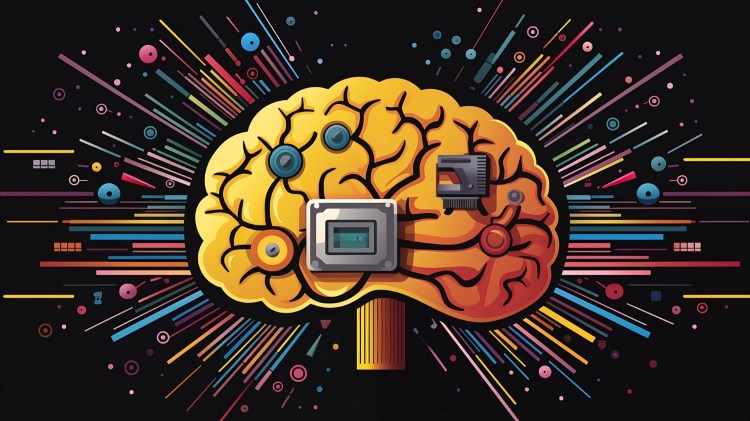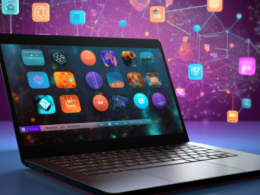tag to contain the rest of the article content –>
If you’re a developer, a writer, or simply an AI enthusiast, you’ve likely come across GPT-4, the groundbreaking language model developed by OpenAI. Known for its exceptional performance in various tasks, GPT-4 has become a go-to tool for generating natural language text or code from a single prompt. The latest version, GPT-4 Turbo, offers even more advanced capabilities and is now available for free in Microsoft Copilot, Microsoft’s AI-powered chatbot assistant.
<!– First
subtitle –>
Discovering GPT-4 Turbo in Microsoft Copilot
GPT-4 Turbo’s integration into Microsoft Copilot has taken many users by surprise and has significantly enhanced the assistant’s functionality. Prominent AI community member Paul Couvert shared this exciting news on X.com (formerly known as Twitter), emphasizing that users can now access the improved GPT-4 Turbo at no extra cost.
“Some users of Microsoft Copilot now have access to the improved GPT-4 Turbo at no extra cost.”
Prior to this update, access to GPT-4 Turbo typically required a ChatGPT Plus subscription, starting at $20/month. However, Microsoft has chosen to roll out this feature gradually, making it available to a wider user base over time. This approach contrasts with the conventional high-profile product updates we often encounter.
<!– Second
subtitle –>
Using GPT-4 Turbo in Copilot: The Steps
- Step 1: Open Microsoft Copilot
- Step 2: Follow the prompts from Paul Couvert’s tweets
- Step 3: Explore the capabilities of GPT-4 Turbo
However, it’s important to note that GPT-4 Turbo is currently a preview release, meaning it may not be fully stable and could have some limitations or errors. OpenAI plans to release the production-ready model in the coming weeks. Despite this, users can already take advantage of GPT-4 Turbo in Copilot to experience its capabilities and have some fun.
In the realm of digital media, the most transformative tools are often those seamlessly integrated into our daily routines. GPT-4 Turbo’s quiet integration into Copilot may signify a significant shift in our use of AI tools. Only time will tell. Meanwhile, we eagerly await the chance to put its capabilities to the test.










